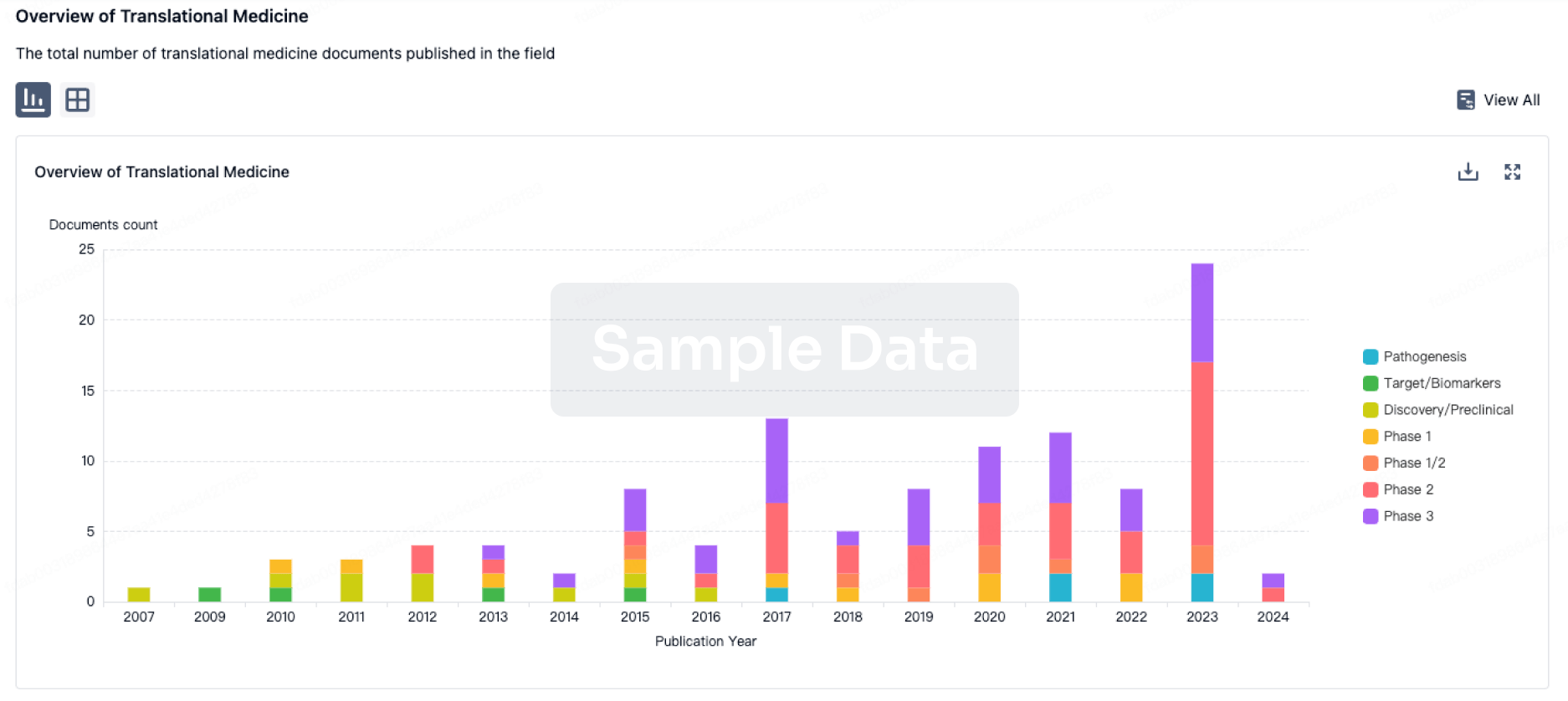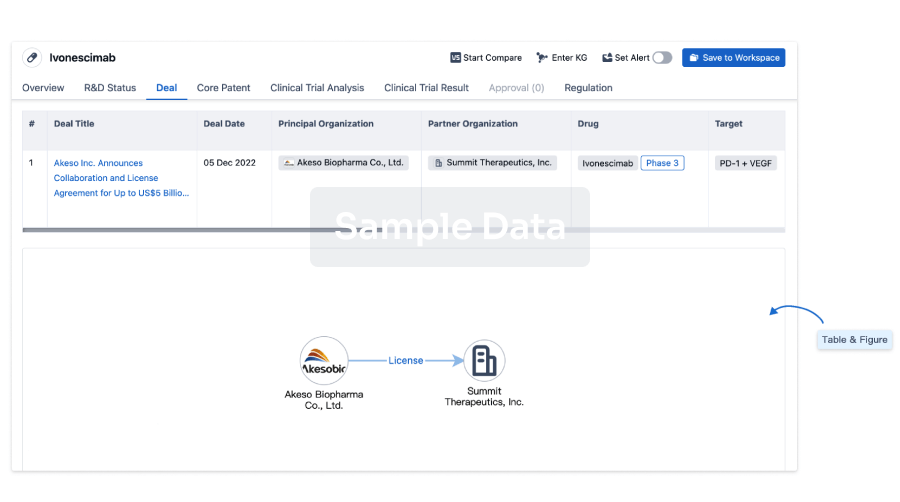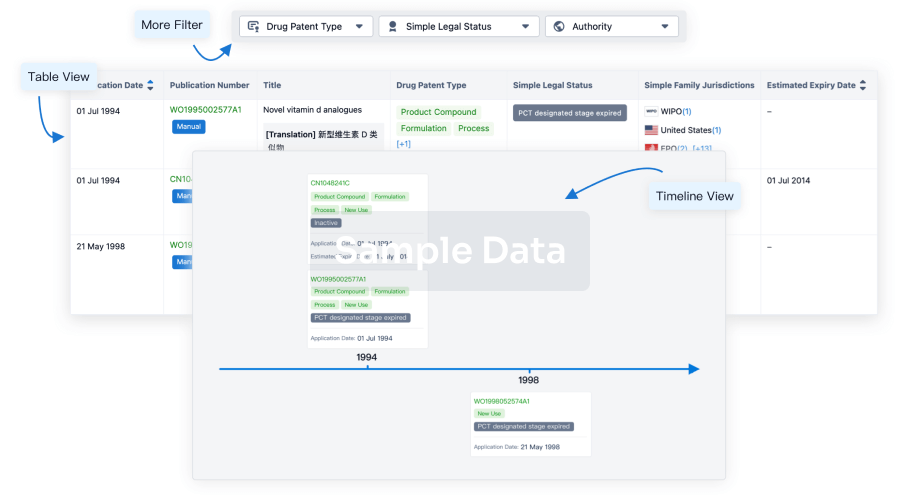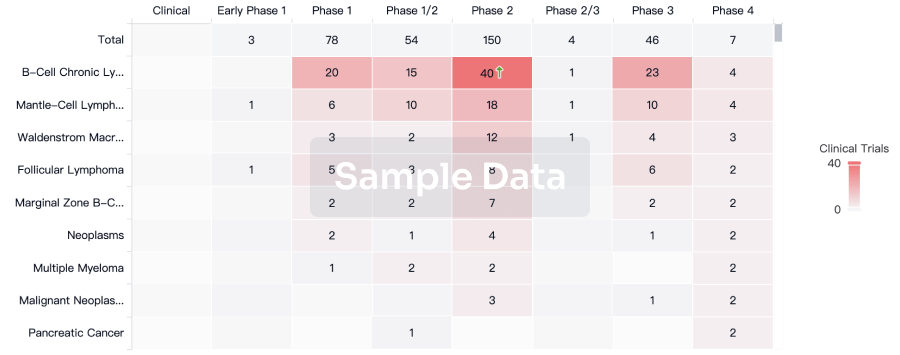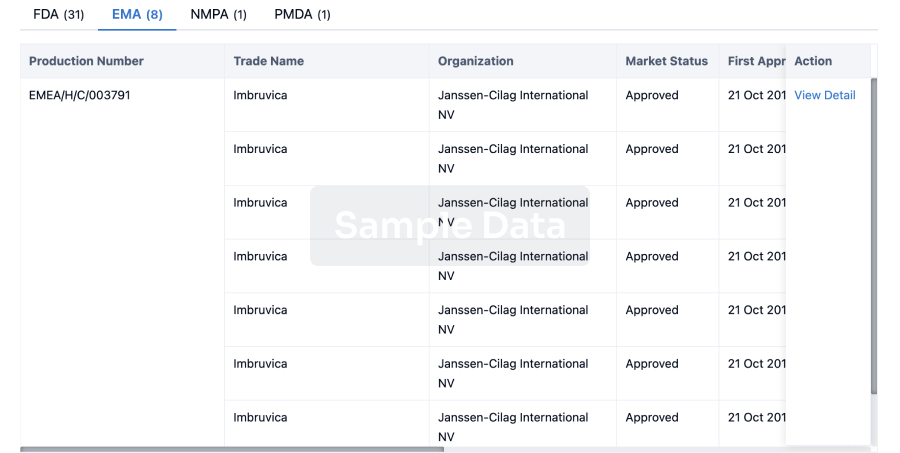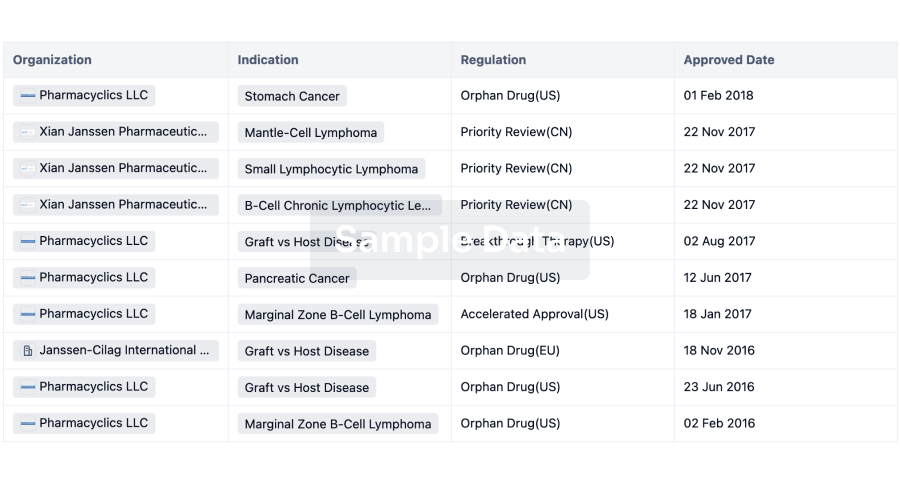BACKGROUND:The synergistic use of Danggui (Angelica sinensis, As) and Huangqin (Scutellaria baicalensis or Scutellaria baicalensis Georgi, SbG; As-SbG) exhibits a notable therapeutic effect on metabolic dysfunction-associated steatohepatitis (MASH). However, the underlying pharmacological mechanisms of their synergistic action have not yet been fully elucidated.
PURPOSE:This study aims to evaluate the therapeutic efficacy of the synergistic application of As-SbG on MASH induced by various dietary patterns, and to identify the specific potential active compounds, underlying pharmacological mechanisms, and key therapeutic targets responsible for its anti-MASH effects.
METHODS:Two MASH animal models induced by methionine- and choline- deficient (MCD) diet and high-fat/high-cholesterol (HFHC) diet were constructed to compare the efficacy of As, SbG and As-SbG synergistic treatment on adipose tissue and liver tissue during MASH progression. Potential mechanistic pathways and key molecular targets were identified through proteomics analysis. The chemical components of As-SbG were characterized using ultrahigh performance liquid chromatography-high resolution mass spectrometry (UPLC-HRMS). The interactions between the identified bioactive components and the key targets from proteomics were further validated using molecular docking methods, focusing on As-SbG's therapeutic potential. Based on these bioinformatics findings, qRT-PCR, immunofluorescence staining, and Western blotting were employed to elucidate the regulatory mechanisms of As-SbG combination therapy on lipid metabolism, inflammation, and apoptosis-related pathways in both in vitro and in vivo MASH models.
RESULTS:Compared with single-flavor administration of As and SbG, As-SbG synergistic administration significantly restored the balance among different phenotypes, functions, and sizes of various adipose tissues in MASH-induced mice under different dietary conditions, ameliorated hepatic steatosis and liver damage. Proteomic analysis revealed that the potential synergistic therapeutic effects of As-SbG on MASH were primarily associated with pathways involved in fat metabolism, anti-inflammatory responses, and anti-apoptotic mechanisms. Mechanism exploration revealed that the As-SbG synergistic therapy enhanced the expression of Nrg4 in adipose tissue, which specifically bound to ErbB receptors in liver tissue. This interaction activated the downstream PI3K/Akt, Ras/MAPK, and P53 signaling pathways, thereby promoting inter-tissue communication between adipose and liver tissues. Consequently, this regulatory effect improved hepatic lipid metabolism, suppressed inflammatory responses, and reduced hepatocellular damage, fibrosis, and apoptosis, ultimately ameliorating MASH. Furthermore, pharmacological inhibition of the key target ErbB4 in vitro abolished the protective effects of the As-SbG synergistic therapy against MASH. Additionally, a total of 31 chemical components of As-SbG were identified using UPLCHRMS. Molecular docking analyses confirmed that Levistilide A, a compound derived from As, exhibits strong binding affinity with multiple key targets involved in various signaling pathways, including fat metabolism, anti-inflammatory responses, and anti-apoptotic mechanisms. Several bioactive compounds identified in SbG, such as Baicalein, Scutellarin, Oroxindin, and Neobaicalein, also demonstrated favorable interactions with these pathway-associated targets. These findings provide robust evidence supporting the hypothesis that the synergistic application of As-SbG exerts therapeutic effects on MASH through a multi-component, multi-pathway, and multi-target mechanism, highlighting a novel approach of traditional Chinese medicine (TCM) in the treatment of MASH-related diseases.
CONCLUSION:As-SbG synergistic therapy activates Nrg4 expression in adipose tissue, which specifically binds to ErbB receptors in liver tissue, thereby modulating downstream signal transduction pathways involved in fat metabolism, anti-inflammatory responses, and anti-apoptotic processes. This inter-communication between adipose and liver tissues helps restore hepatic lipid homeostasis, attenuates inflammation, and reduces hepatocyte injury, fibrosis, and apoptosis, ultimately ameliorating MASH induced by diverse dietary regimens.
